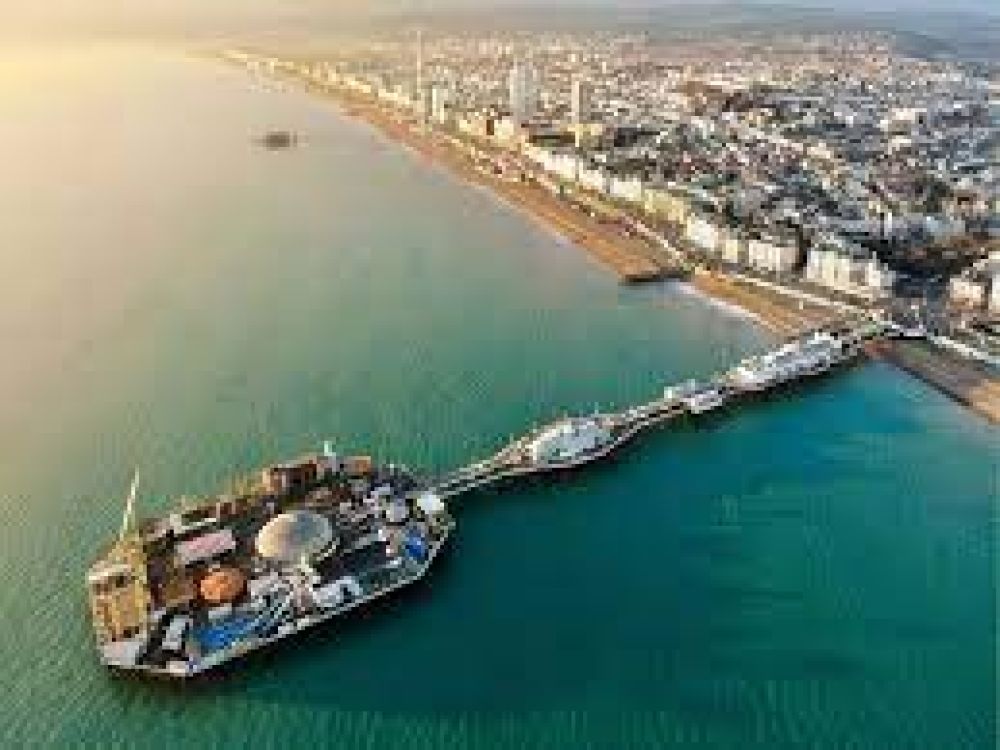

Brighton Palace Pier, commonly known as Brighton Pier or the Palace Pier, is an iconic landmark on the south coast of England. It has been a center of tourism and entertainment in Brighton since its opening in 1899. The pier was designed by Richard St. George Moore and extended out into the English Channel, offering Victorian society a new form of leisure and entertainment by the sea.
During its early years, Brighton Palace Pier featured numerous attractions, including a concert hall, which was later converted into a theatre. The pier survived both World Wars, although it was sectioned during the Second World War for fear of invasion. Despite this, it remained a beloved centerpiece of Brighton's tourism post-war, attracting millions of visitors.
In the 1970s and 1980s, the pier began to face competition from other forms of entertainment and fell into a period of decline. However, significant investment and regeneration efforts in the late 20th century saw the pier transform back into a popular tourist destination.
In recent years, Brighton Pier has embraced modern trends to continue attracting visitors. It has updated its attractions to include thrill rides, roller coasters, and traditional fairground games, cementing its reputation as a family-friendly destination. The pier also features a range of food and confectionery stalls, selling everything from fish and chips to Brighton's famous rock candy.
Sustainability and environmental responsibility have become more important to the tourism industry, and Brighton Palace Pier is no exception. Efforts are being made to reduce the environmental impact of the pier's operations and promote conservation of the marine environment.
Social media has also played a significant role in recent tourism trends, with visitors sharing their experiences on platforms like Instagram and Twitter. Brighton Palace Pier often features as a backdrop for photographs, which serves as free promotion and draws in a younger, tech-savvy demographic.
As tourism evolves, Brighton Palace Pier continues to adapt, combining the timeless appeal of seafront entertainment with modern attractions that cater to diverse visitors. As it moves through the 21st century, the pier remains a symbol of Brighton's enduring popularity as a tourist destination.